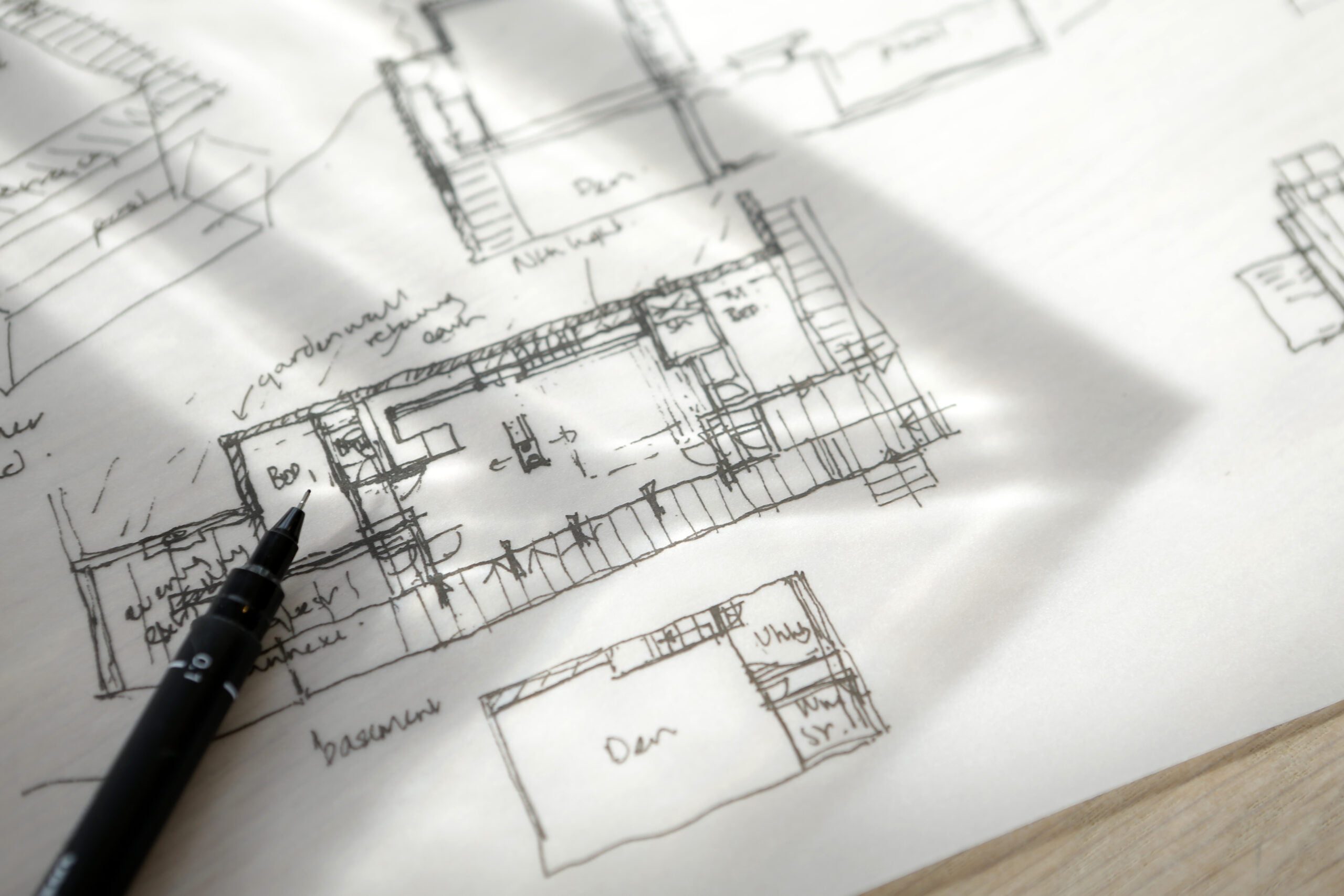BOA #3 – Collaborative Process
"It is the long history of humankind (and animal kind, too) that those who learned to collaborate and improvise most effectively have prevailed." Charles Darwin
Talking to Stephen Hart of Etch UK in our last blogpost, BOA #2, prompted us to reflect on how our first collaborative venture, over ten years ago, shaped the way that we now see collaboration with those whom we work.
Collaboration; (noun -WORKING WITH): the situation of two or more people working together to create or achieve the same thing
An unlikely collaboration – The Exbury Egg:
Our journey into the world of collaboration started with the Exbury Egg project way back in 2009; this randomly brought together a team of three consultants, architect, artist and engineer, none of whom knew each other and crucially had not chosen to work together. Our client was SPUD, an arts charity who at the outset envisaged the project as a creative experiment in cross-disciplinary collaborative working. They had not originally set out to build a giant floating egg, in fact none of us had. After all, who would want live in a giant, floating timber Egg?
A collaborative conundrum
The unusual conundrum in this particular journey was, that unlike a normal project where we would be largely in control of who we work with, the design team was unknown to each other and selected by our client for a set of particular skills. However, we were all united by the goal of achieving an imaginative solution to the project brief; create an affordable live/work studio within the New Forest National Park, that the artist could live in for one year. Ultimately, the clarity and the dedication of our client SPUD was a critical factor in the success of this multiple award-winning project.
A collaborative challenge
Building a giant floating Egg, with a limited budget, for a charity organisation, within a national park and SSSI and with a very modest design fee was a huge challenge. The constraints put the team under pressure to be creative, flexible, imaginative and to be highly time efficient.
Unfortunately, the government Research and Development Grant (which we will talk about in later BOA Insights) did not apply to us as twelve years ago when we were not a limited company. Back then, as a very small business just trying to make ends meet, we took the decision to think of this project more as research and marketing rather than simply fee earning. This thinking relieved pressure and allowed us more freedom to enjoy the journey and engage in learning new skills from disciplines beyond architecture, including the marine industry and naval architecture.
The fundamentals that make for good collaboration:
Although small, the Egg was a seminal project for PAD studio. It helped launch our business onto an international platform. The project was widely publicized, featuring in magazines, books and on websites across the globe including an appearance in Time Magazine (USA). The Egg was our testbed for collaborative working and enabled us to explore and learn what both worked and didn’t work, and how to react when things weren’t going according to plan (which seemed to be often). Fundamentally, we never gave up despite many people saying, ‘no way’ it can’t be done, ‘you can’t afford’, ‘you will have to wait’, or telling us we were mad. We got used to being reactive, to adapting, to having a yell (and maybe a quiet cry) and then picking ourselves up and marching on.
Learning how important it is to be resilient and tenacious has stayed with us over the past 10 years and we know what can be achieved by being committed. To us the key factors in successful collaboration are:
• Trust those within your team to do their job and empower them to do it.
• Discuss ideas then collectively agree on one good one and pursue it rigorously.
• Share in the vision.
• Be clear about the goals and team responsibilities.
• Set deadlines.
• Clearly convey the terms of engagement and discuss the stuff that is hard to discuss, like money and time commitments).
• Establish boundaries, be respectful in your language (and in emails!).
• Be flexible and remain agile.
• Learn from your critics! Do they have a point? Adapt and embrace other opinions, the end product will be better for it.
• Be resilient, believe in your skills and fight for your dreams.
Of course, we aren’t always great at doing all of these, all the time, but we know that when we do the process will be more productive and more enjoyable. Enjoyment is a critical part of our ethos (and our the commitments that shape our practice) and we want everyone who works with us to also enjoy the process. We will talk more about ‘celebrating the journey – joy within a business context’ in our next Insight BOA #4.
